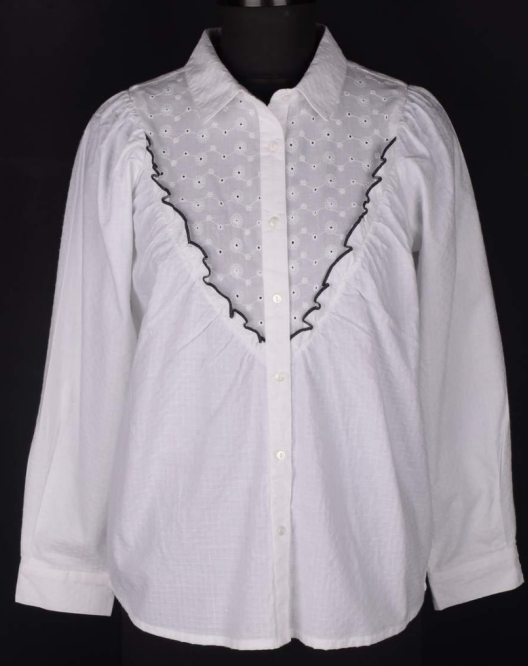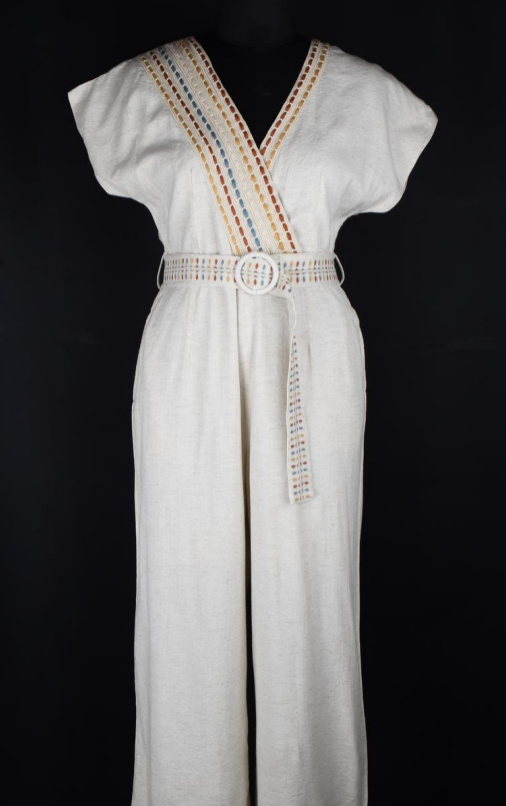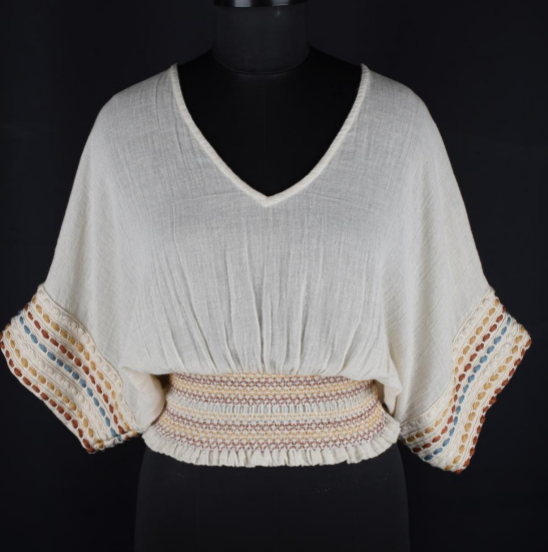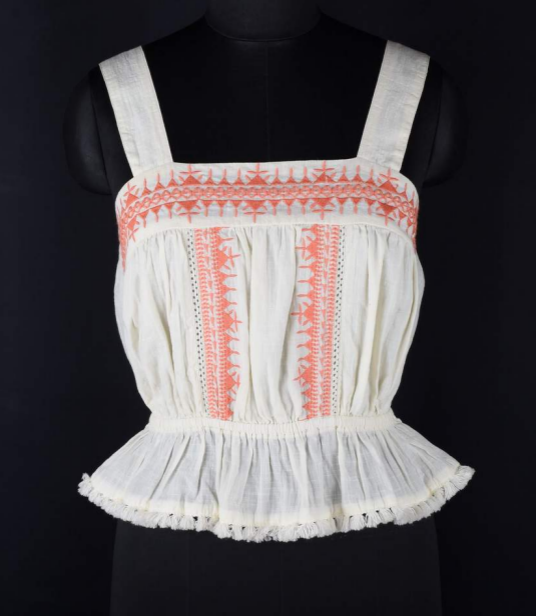Green Energy In Women’s Wear Manufacturing: Solar-Powered Machines
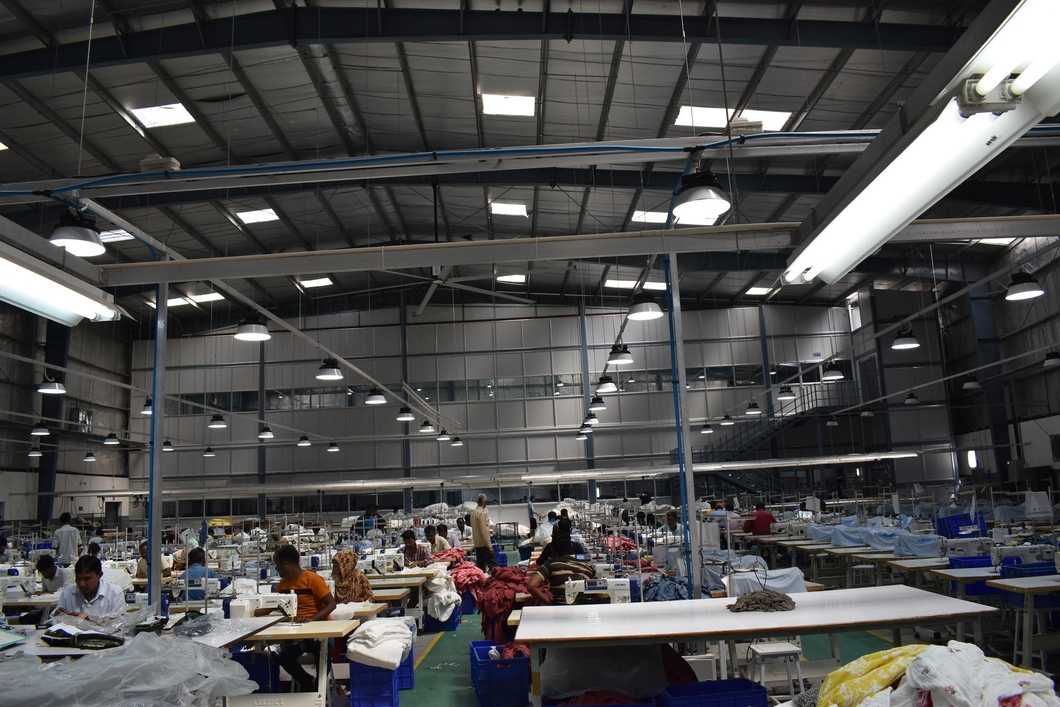
The garment manufacturing industry is a significant contributor to global energy consumption. From raw material production to the final product, the fashion industry leaves a substantial carbon footprint on the environment. Recognizing the urgent need for sustainable practices, especially for women’s wear manufacturers, the textile sector is undergoing a green transformation. A pivotal aspect of this shift is the increasing adoption of renewable energy sources, particularly solar power.
Driven by a combination of environmental concerns, economic benefits, and consumer demand for ethical fashion, women’s wear manufacturers are investing in solar energy infrastructure. This transition not only reduces carbon emissions but also mitigates the industry's reliance on fossil fuels, contributing to a more sustainable future.
Understanding the Role of Solar-powered Machines in Women’s Wear Industry
The garment manufacturing industry is a significant energy consumer, with production processes demanding substantial energy inputs. From spinning and weaving to dyeing and finishing, each stage contributes to the industry's overall energy consumption.
Let’s have a look at the major energy consumption that took during the production of clothes:
-
Spinning and Weaving: These initial stages account for a combined 57% of the industry's energy use, primarily for powering machinery.
-
Chemical Processing: Dyeing and finishing processes consume the most energy, representing around 38% of the total. These stages involve intensive water usage and chemical treatments.
-
Yarn Preparation: While less energy-intensive compared to other stages, yarn preparation still contributes to the overall energy consumption.
These numbers create a massive urgency to utilize energy-saving technologies and techniques. Addressing these challenges necessitates a comprehensive approach that includes energy efficiency improvements, renewable energy integration, and sustainable material sourcing.
Advances like solar-powered machinery and sustainable material resourcing are completely prioritized by the leading manufacturers and women’s wear production companies. The textile industry is a significant energy consumer, with electricity costs representing a substantial portion of operational expenses. Traditionally reliant on grid-supplied power, often derived from fossil fuels, the industry is increasingly turning to solar energy as a viable and sustainable alternative.
Economic Benefits of Solar Energy Equipment for Women’s Wear Manufacturers
The substantial energy consumption in women’s wear manufacturing has made it a prime candidate for solar power adoption. Beyond reducing carbon emissions, solar energy offers a range of economic and operational advantages.
-
Significant Cost Reduction
By harnessing solar energy, manufacturers can significantly reduce electricity bills. The long-term cost-effectiveness of solar power, coupled with rising electricity tariffs, makes it a compelling financial investment.
-
Hedge Against Rising Energy Costs
Solar power provides a hedge against fluctuating energy prices, offering stability and predictability in operational costs. Moreover, lower energy expenses directly contribute to improved profit margins, allowing for reinvestment in research and development, technology upgrades, or expansion.
-
Energy Independence
Generating electricity on-site reduces reliance on the grid, mitigating the risk of power outages and ensuring uninterrupted production. Solar power encourages a holistic approach to energy management, often leading to increased efficiency in other areas of the production process.
-
Enhanced Brand Reputation
Embracing solar energy aligns with growing consumer demand for sustainable products, enhancing brand image and attracting environmentally conscious customers.
-
Compliance with Regulations
Many countries have implemented renewable energy mandates, making solar power essential for regulatory compliance.
The integration of solar power into the women’s wear production industry offers a multitude of benefits, including cost savings, regulatory compliance, and environmental sustainability. As the industry continues to seek ways to reduce its environmental impact, solar energy presents a compelling and viable solution.
Conclusion
The textile industry, a major contributor to global energy consumption, stands at a crossroads. With growing environmental concerns and economic pressures, the adoption of sustainable practices is imperative. Solar energy presents a compelling solution.
By harnessing the sun's power, textile manufacturers can significantly reduce their carbon footprint, lower operational costs, and enhance their brand image. As technology continues to advance and solar energy becomes increasingly affordable, it is poised to become the cornerstone of a sustainable future for the women's wear industry.
For more information about how solar energy and other renewable energy sources are used in women’s wear manufacturing practices, check out CheerSagar. They are pioneers in incorporating sustainable practices in women’s wear manufacturing and offer end-to-end white-label manufacturing solutions to businesses across India. Check out the website to avail of the services today.
Related Blog
Importance Of Nanotechnology In The Textile Industry
The importance of industries like medical devices, emergency services, and the military is never going to diminish; and do...
What Is White Label Manufacturer
A white-label manufacturer is an employer that produces products for other organizations to sell under their own branding. For organizations,...
Get Ready To Deal With Monsoon: Monsoon Fashion Tips
Finally, the monsoon is here, and dressing up can be tricky in this season. Not to worry at all, here...

